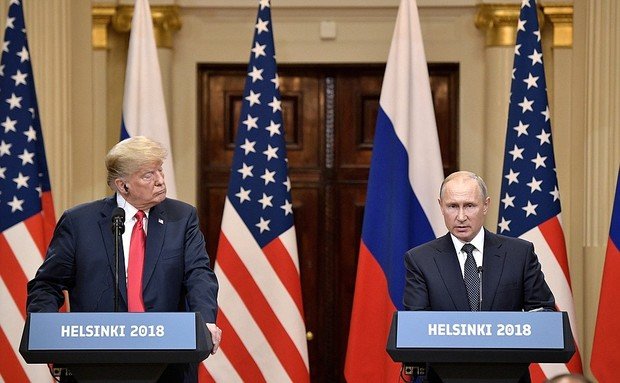Bank of Russia continues gold purchases
De-dollarisation is favourable for gold prices
Russia continues aggressive de-dollarisation: the share of US dollars in its national reserves fell more than twofold last year. Instead, the country's Central Bank is buying gold, followed by other central banks from all over the world. Global central bank gold demand will further support the gold market, believe industry analysts.
The Russian Central Bank continues its quest to diversify away from the US dollar, adding another million ounces to its gold holdings in February, reports Kitco News. Last week, the regulator updated its foreign reserve data showing that Russia's gold reserves rose by 31,1 tonnes to 2,149 tonnes last month. The country's sustainable demand for gold is part of the whole de-dollarisation story that continues to get stronger and stronger, considers Ronald-Peter Stöferle, the fund manager at Incrementum AG.
Commodity analysts at Bank of America Merrill Lynch point out that Russia has been the most aggressive nation in diversifying its foreign reserves away from the US dollar. In 2018, the share of US dollars in the country's reserves fell from 46% to 22%. Russia has also been the biggest gold buyer for the last ten years, the analysts say.
''Central bank gold demand is clearly a trend that is gaining momentum,'' says Stöferle. The United States' debt burden is growing, so central banks worldwide are looking for alternative assets. The gold market's depth and liquidity make it the perfect asset for central banks, the expert believes. Last year, central banks around the world collectively bought 651,5 tonnes of gold, which has been the largest amount since 1971. Russia is expected to remain the dominant player in the gold market.

In January, global gold reserves rose by 35 tonnes, with sizable increases from nine central banks, according to the World Gold Council (WGC). This is the largest January increase in gold reserves in the WSG's records, which illustrates the recent strength in gold accumulation.
Official gold demand will have a considerable impact on the sector providing a solid floor for gold prices, state analysts of TD Securities financial services company. They expect gold prices to rise to $1,400 an ounce by the end of the year. ''Investors are being led by central banks,'' says head of the company's Commodity Strategy Bark Melek. Given that gold currently makes up roughly 10% of total global reserves, there is lots of room to grow in order to reach levels prior to the big central bank sales, reads the company's January report.